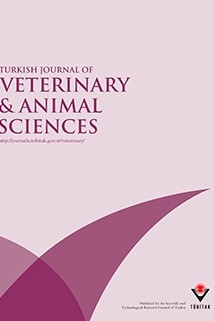
Turkish Journal of Veterinary and Animal Sciences
Yazarlar: Engin YARALI, Onur YILMAZ, İbrahim CEMAL, Orhan KARACA, Turgay TAŞKIN
Konular:-
DOI:10.3906/vet-1309-79
Anahtar Kelimeler:Kıvırcık lamb,Meat quality,Fatty acid,Lamb
Özet: Eşme District in Uşak Province has a special role in western Anatolia sheep husbandry due to its number of animals and large pastures. A genotype with the characteristics of the Kıvırcık breed has emerged and became common in the region in the last 20-30 years. This study aimed to determine the meat quality characteristics of Kıvrıcık lambs reared in the locality, which has a large market share. The study determined parameters about water and cooking loss and shear force in M. longissimus dorsi, M. longissimus thoracis, and M. semitendinosus muscles taken from the left half of lamb carcasses. Furthermore, meat quality characteristics such as pH, color, and fatty acid composition characteristics in the M. longissimus dorsi muscle were determined. In conclusion, the low shear force values (mean 2.27) obtained from Kıvırcık meat showed that it was tender. This result is consistent with the high demand from consumers for the meat of this breed.